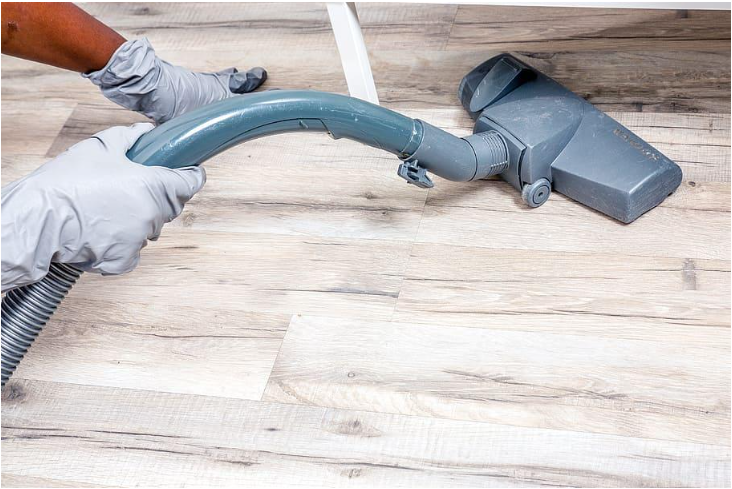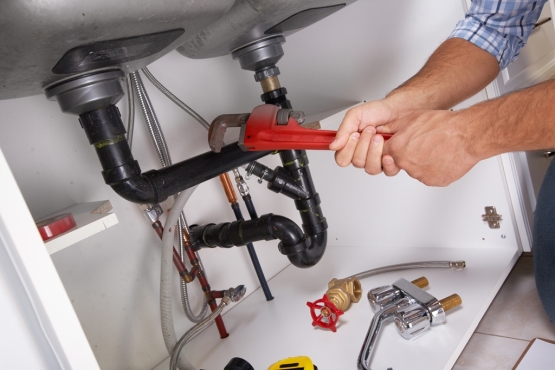Preventing Home Collapses: Ensuring Safety for Your Family
Understanding the Risks
The first step in preventing home collapses is understanding the potential risks. Various factors can contribute to the structural failure of a home, including:
- Poor Construction Practices: Inadequate building materials, shortcuts in construction, and non-compliance with building codes can severely compromise a structure’s integrity.
- Natural Disasters: Earthquakes, floods, hurricanes, and other natural events can weaken or damage your home.
- Aging Infrastructure: Homes naturally deteriorate over time, and without proper maintenance, they can become susceptible to structural failure.
- Soil and Foundation Issues: Unstable soil, erosion, and poor foundation can lead to uneven settling and, eventually, a collapse.
By being aware of these risks, homeowners can take proactive measures to mitigate them.
Regular Inspections and Maintenance
Consistent inspections and maintenance are crucial in ensuring your home remains safe and structurally sound. Here are some steps to incorporate into your routine:
1. Schedule Professional Inspections
Hire a licensed structural engineer or a certified home inspector to perform thorough evaluations of your property’s foundation, roof, walls, and overall structural integrity. These professionals can identify early signs of wear and tear, potential weaknesses, or compliance issues that could lead to a collapse.
2. Inspect Your Foundation
Regularly check your foundation for cracks, shifting, or water damage. Look for uneven floors, doors that won’t close properly, or gaps around windows as these may indicate foundation issues. If you notice any problems, contact a professional immediately.
3. Roof Maintenance
Inspect your roof annually for missing shingles, leaks, or damage caused by weather. Ensure gutters and downspouts are clear of debris to prevent water from pooling and causing damage to your home’s structure.
4. Monitor for Water Damage
Water damage is a significant contributor to structural issues. Check for signs of moisture in your basement, crawl spaces, and around windows. Ensure your home’s grading directs water away from the foundation, and consider installing a sump pump if you live in an area prone to flooding.
5. Address Termite Infestations
Termites can cause severe structural damage if left unchecked. Schedule regular termite inspections and treat any infestations promptly.
Reinforcement and Upgrades
In addition to regular maintenance, reinforcing your home’s structure and making necessary upgrades can provide an extra layer of protection against collapses.
1. Strengthen Your Foundation
If you’re building a new home or renovating an existing one, consider reinforcing your foundation with steel or concrete piers. These reinforcements can provide additional support and stability, particularly in areas prone to natural disasters.
2. Install Bracing and Anchoring Systems
Bracing and anchoring systems can help distribute loads more evenly and provide extra support to critical areas like walls and roofs. Consult with a structural engineer to determine the best solutions for your home.
3. Upgrade Building Materials
If your home is older or constructed with substandard materials, consider upgrading to modern, high-quality materials designed to withstand various stressors. For roof replacement in West Valley City, these materials can include pressure-treated wood, steel framing, and impact-resistant roofing.
4. Seismic Retrofitting
For homes in earthquake-prone areas, seismic retrofitting can significantly enhance structural integrity. This process involves adding steel braces, reinforcing walls, and securing the house to the foundation to make it more resistant to seismic activity.
Emergency Preparedness
Being prepared for emergencies can make all the difference in ensuring your family’s safety in the event of a structural failure.
1. Develop an Emergency Plan
Create a comprehensive emergency plan that includes evacuation routes, meeting points, and essential contact numbers. Ensure all family members are familiar with the plan and conduct regular drills.
2. Assemble an Emergency Kit
Prepare an emergency kit containing first aid supplies, water, non-perishable food, flashlights, batteries, and important documents. Store the kit in an easily accessible location.
3. Install Safety Devices
Equip your home with safety devices such as smoke detectors, carbon monoxide detectors, and fire extinguishers. Regularly test and maintain these devices to ensure they function correctly.
Conclusion
Preventing home collapses is an integral part of maintaining home safety. By understanding the risks, conducting regular inspections and maintenance, reinforcing your home’s structure, and being prepared for emergencies, you can significantly reduce the likelihood of a structural failure. Remember, your home is more than just a building; it’s a sanctuary for your family. Taking these proactive steps will ensure it remains a safe and secure haven for years to come.







